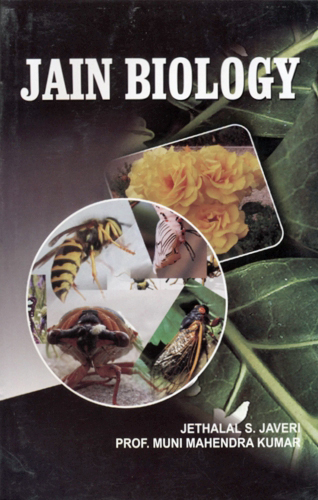Leaf is a green, flat, lateral, outgrowth of the plant. Leaves develop on acropetal succession from the stem, i.e., older leaves at the base and younger ones at the top. In general, leaves are modified stems designed primarily for the manufacture of the initial food substances. They vary greatly in size, shape and arrangement on the stems. Despite this variation, all leaves have three tissues in common:
- protective cells to keep water within the leaf and guard cells and stomates to allow CO2 and O2 diffusion in photosynthesis and respiration;
- chlorophyll-contain cells to manufacture the initial food substances; and
- veins to translocate water and raw materials to, and manufactured compounds away from, the manufacturing cells.
The main function of leaf is photosynthesis and transpiration. Pinnately compound leaves look like Feathers with a central axis and leaf lets borne in two rows one on either side. Palmately compound leaves bears leaflets at the tip of the petiole (leaf stalk). The secondary functions of leaves are, viz., support, storage (as in the bulb of an onion), protection, vegetative propagation, and attraction.
Insectivorous plants have their leaves modified into traps for catching insects.
 Jethalal S. Zaveri
Jethalal S. Zaveri
 Prof. Muni Mahendra Kumar
Prof. Muni Mahendra Kumar

